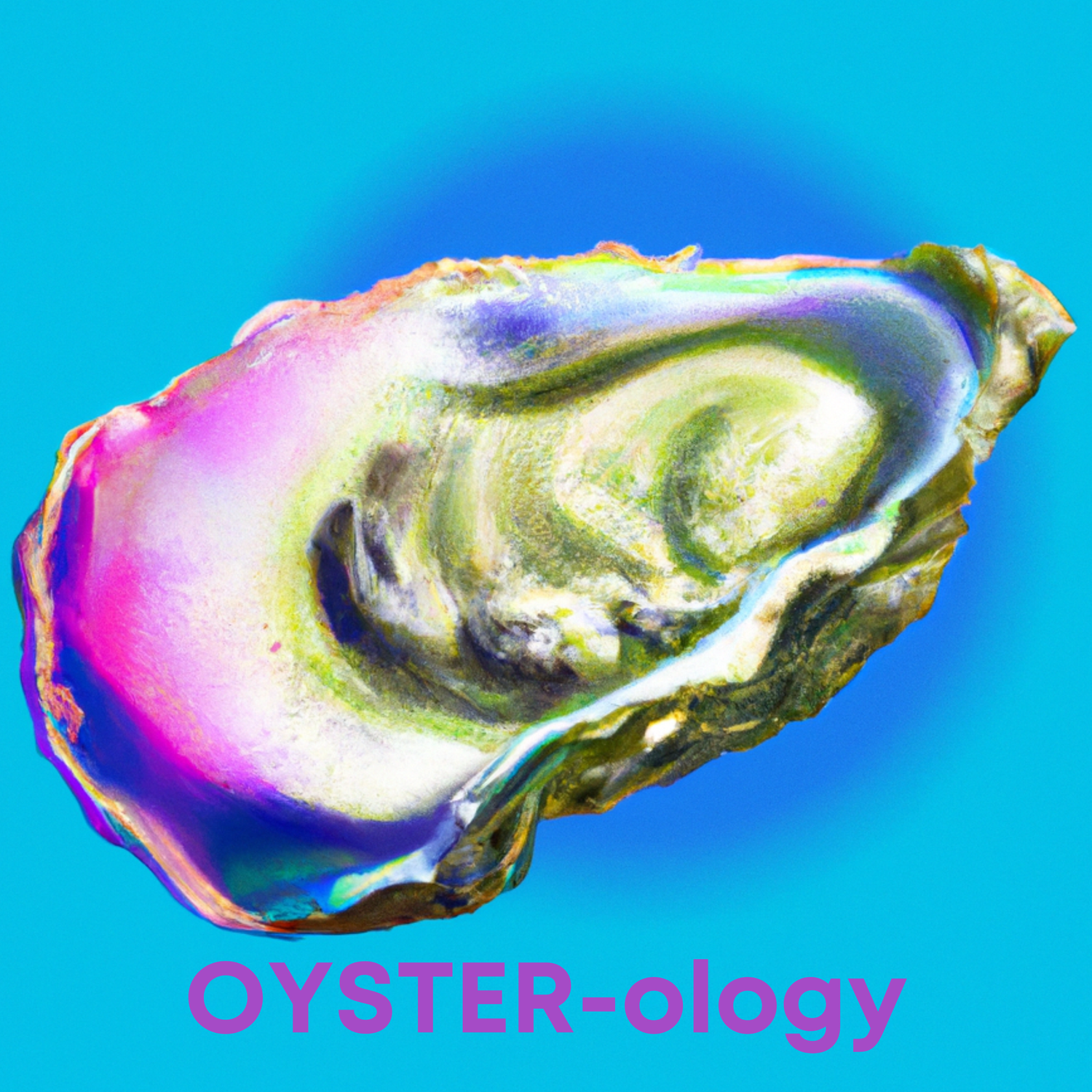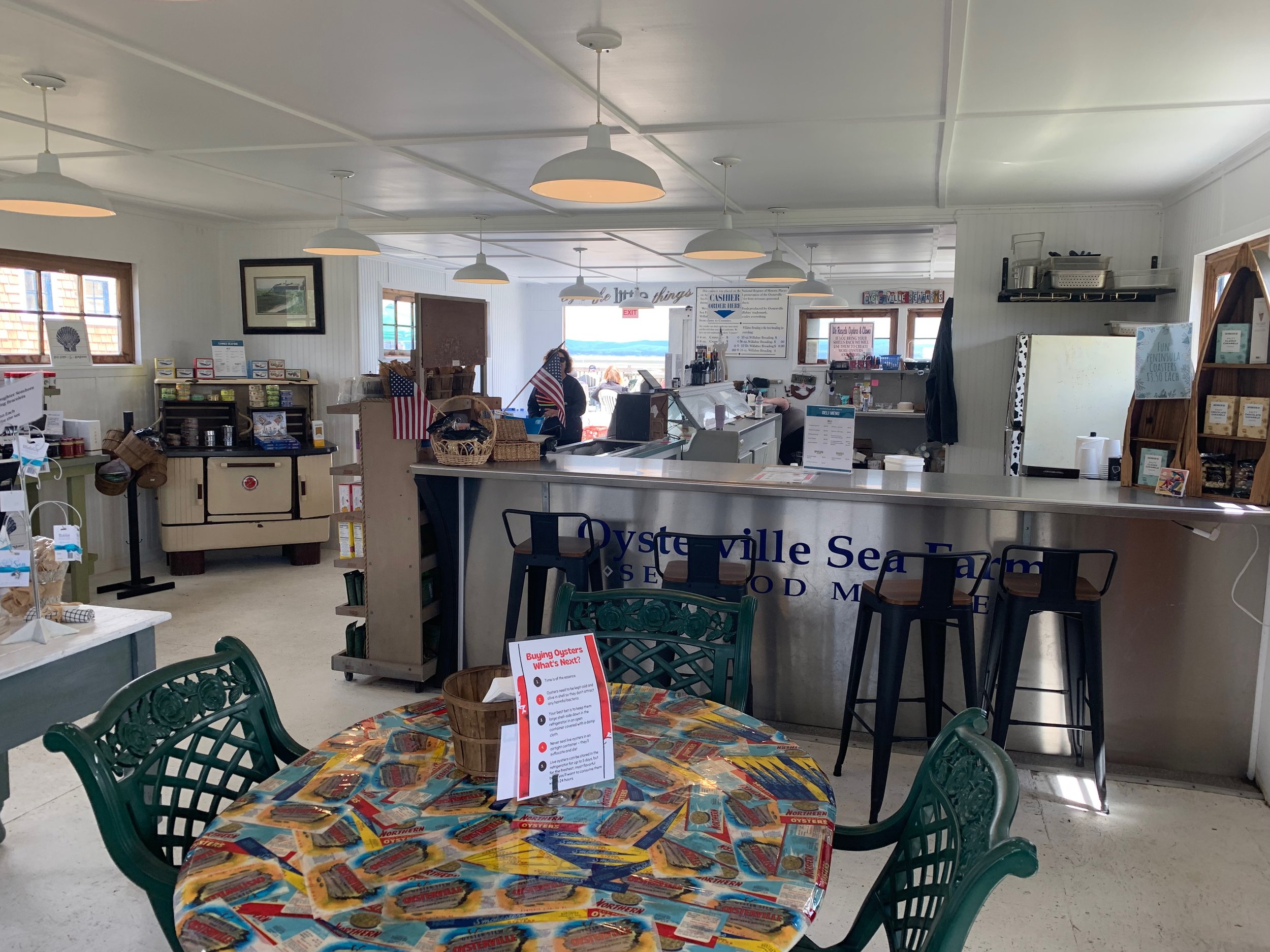Oysterville Sea Farms: naked and raw in Wallapa Bay.
/As part of any writing project it is essential that one undertakes a certain degree of research in order to offer actual information to buttress anecdotal accounts. In the case of an oyster project, this includes a certain amount of scientific inquiry to understand the remarkable oyster and its ways. But mostly it involves finding interesting oyster spots and the people who operate them. This means a lot of driving and, more importantly, a lot of oyster eating. It’s all in the name of, um, scholarly research and, y’know, journalism.
Such was the reason that my culinary accomplice and I found ourselves in search of the Willapa Bay oyster of the lower coastal area of Washington state. Willapa Bay is a large, shallow estuary nestled between Washington’s lower Olympic Peninsula and the Long Beach Peninsula that shelters the coastal plain from the cold Pacific. Between the salty sea and the fresh water flowing from the Olympic range rivers that feed it, Willapa Bay has a healthy mixture of freshwater marshes, grassland, intertidal flats and coastal beaches. Drowned old forests, dropped in elevation by centuries of earthquakes and subduction, dot the 135 square mile area with ancient tree trunks rising from the bay and the water’s edge contoured by blazing green tufts of grass growing in dense mud. All of this makes Willapa Bay a great place for wildlife – including oysters.
There are several oyster operations around Willapa Bay, focusing largely on the dominant Pacific Oyster and its much-loved cousin, the Kumamoto, that enraptures every oyster newbie and even most pros. But we were here for real deal Willapa Bay Pacifics and one town, by its name alone, compelled us to drive to the northern tip of the Long Beach Peninsula with a hunger for halfshells: Oysterville. This is a place like few others; a tidy, two street village occupied by a handful of family legacy homes, an old school house and general store – both closed now – and a small church complete with steeple and bell sitting in the middle of it all. It’s hard not to get an eerie, M. Knight Shyamalan kind of feeling as you walk through the idyllic-yet-deserted ghost town, wondering if the cafe curtains of every window are moving slightly as the townspeople inside surreptitiously peer at the strangers invading their silent hamlet. The only discernible business in town was down a side lane away from the main street toward the flat water of Willapa Bay. Fortunately it was exactly what we were looking for: Oysterville Sea Farms.
It looks like the oyster shack of my dreams: a beige, graying building that maybe leans a bit to one side, with a large wooden deck leading out toward the expanse of Willapa Bay’s shallow flats. Tall grass grows all around the building so that it appears from a distance to be abandoned, but for a sign beside a large pile of oyster shells and a few cars. Its no frills working-farm vibe is exactly what I prefer in an oyster joint. And I’m not alone, as the building – built in the early 1900’s – was put on the National Register of Historic Places in 1976.
It was not until recent years that half shell oysters were a big deal along Willapa Bay. Back in the day most oysters grown there were shucked, canned and shipped. But shucking and serving oysters to eat on the spot was not a mere afterthought of Oysterman Dan Driscoll, who started focusing on half shells after inheriting the oyster cannery in the 1990s and predicting the oyster renaissance that is now taking the world by storm. Inside the old building he outfitted a little store with a couple of tables, a tiny counter and a collection of oyster-related goods. A large shipping tote filled with ice holds self-serve net bags of oysters, each a different color to indicate variety and size. The menu is equally simple: oysters grilled or on the half, chowder and beer. If there is more offered I couldn’t say, as I – like everyone else I saw there – never got past the oysters. During the right season the farm does pride itself on also having the best Crannies (cranberries), but we were here for oysters, so…it was immediately clear that we needed to order, well, everything.
“Tell me what you eat and I’ll tell you what you are,” pronounced French lawyer and gourmande Anthelme Brillat-Savarin in 1826 and this is no more true than with oysters. Willapa Bay Pacifics offer a different taste from other Pacifics because of one principal thing: merroir. Even though they are all the identical species (crassostrea gigas), the area and manner in which Pacific oysters are grown can make them look and taste dramatically different. That’s because oysters are filter feeders, able to siphon through their bodies up to fifty gallons of water per day. And, much like the unique terroir of the soil, slope, minerality and weather of vineyard locations where wine grapes are grown, the content of the water – including minerals, algae and salt – affect the flavor of any oyster’s meat.
The main attraction here are Pacific oysters which, when grown by Driscoll and his crew, are called Oysterville Selects though sometimes also fall under the name Willabays. They are grown more on the bottom, in the nutrient-rich mud and dredged up or hand selected. This leaves them to grow a bit flatter, with delicate, fluting around their edges and shallower cups than other Pacifics suspended in bags to be tumbled by the ebb and flow of their watery home. Our half shells came out on a round platter with ice. The flesh was tannish – noticeably different from the light gray meat of deeper-water Pacifics up north in Hood Canal. About 3 inches and tinged slightly green around the mantle and inside edges, the khaki half shells appeared a little ragged if not rough looking, but showed some delicate fluting of edges and deep grooves to their contours. At first slurp they started out with a mild, pleasant brininess which quickly blossomed into a cucumber sweetness on the finish. They were the flavor of the bay and all its green life, feeling cold and clean and soft to the tooth as they swirled in my mouth delivering a lasting linger of flavor. We were very happy in that dockside moment by the bay.
As we enjoyed the half shells at one of the random clusters of porch furniture scattered around the deck, the guy working the grill was dousing our large BBQ bivalves with garlic butter, salsa and cheese respectively. While just barely grilled with a squirt of lemon would have been my preference, the hot meatiness of the cooked monsters was delightfully satisfying. The toppings added another dimension to each slurp while not masking the seaside taste of the mollusk beneath. The garlic butter melt was – of course – the most tasty, like a festival of flavor dancing perfectly in step with the oyster. The salsa on another shell erupted into a little piquant party which was still plenty mollusky and good, though a drop or two of Tabasco would have done the same job. But the cheesy oyster was immediately ¡no bueno! Unlike the joy of a delicately baked oyster with a nice sprinkle of parmigiano, this caseous disaster buried the poor bivalve with insipid misery – melting into its shell and killing all oyster essence – replacing it instead with a bland pool of orange lava oozing onto my tongue and against the roof of my mouth. So while I did enjoy the whole BBQ oyster adventure it confirmed my view that neat is still best and that Oysterville Sea Farms’ oysters au natural in all their naked rawness fulfill all my oyster needs with a simple, unadorned shell. And I’ll be back for more.
Oysterville Sea Farms
34300 1st St, Oysterville, WA























